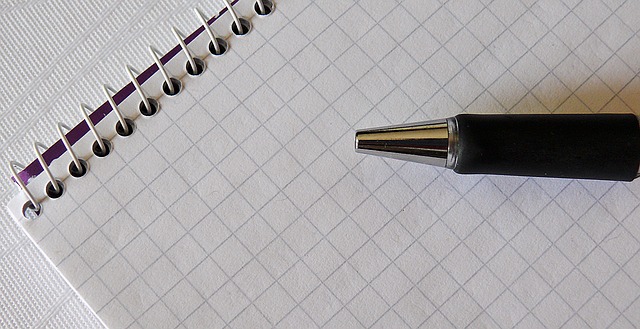
Both
Hans Ohff and
Hugh White have expressed reservations about Australia’s future submarine and the ability of Australian industry to deliver the project in a timely manner, but they don’t have detailed knowledge of the program.
DCNS agrees with only two of their claims: that the future submarine (Shortfin Barracuda Block 1A) will be a class with no equals, and that DCNS has a proven track record of naval design and construction. The authors’ other claims are wide of the mark. On the charge that a fleet of smaller submarines would be preferable, DCNS considered it more appropriate to propose a submarine based on the nuclear Barracuda design, the larger submarine being built for the French Navy, than to offer one based on the smaller Scorpene class.
The submarine’s design is directly related to the tasks Australia needs the vessel to perform and the larger design was better suited to the Royal Australian Navy’s stealth, warm water and endurance requirements. These elements were rigorously examined in the Competitive Evaluation Process.
Australia’s future submarine shares many of the attributes of the French Barracuda in that it will be designed to operate globally and it will share a similar hull form and many internal systems. Though there is an element of risk in any cutting edge submarine program, this can be offset by lessons learned from the French program.
DCNS’ track record is also relevant. The company has successfully executed a program of technology transfer to build submarines in partnership with such countries as Malaysia, Brazil and India, including retraining and upskilling the workforces in those countries.
Australia will join the list of countries France has successfully worked with and this nation has already shown it can build world class diesel electric submarines through construction of the Collins class.
DCNS is putting a great deal of effort into maturing the design along with program industrialization, a comprehensive build strategy and the infrastructure going in to Adelaide. By October this year we expect to have 50 Australian and 20 French staff working from Adelaide in the initial phase of the program, focused on such areas as management, engineering, technology transfer, procurement and supply chain development. Work will continue over the next 12 months on the design contract with the Commonwealth and with Lockheed Martin over combat system design and integration.
DCNS has set a number of goals to ensure the business shapes up to undertaking the build from 2021. By then we should have a new shipyard at Adelaide’s Techport including equipment test and hull construction facilities. There will be a land based centre to test major equipment including the submarine’s propulsion system. The production workforce will be assembling and the supervisors will be commencing on the job training. Construction of the first submarine is intended to begin in the early 2020s, further driving jobs and investment across Australia, with the first of class to be delivered to the Navy from the late 2020s.
Efforts to engage Australian industry in the project are also bearing fruit. We have been busying ourselves talking to hundreds of potential suppliers, so far issuing more than 700 requests for information to more than 200 companies.
Maximising Australian industry involvement grows out of an obligation to provide, build, operate and sustain the submarine fleet in association with industry and academic and technical bodies. Following the signing of the Design and Mobilisation Contract, DCNS is developing a detailed Australian Industry Capability Plan. A Transfer of Technology Strategy will be developed as part of the plan
.
Throughout the design, construction and maintenance process, DCNS envisages an ambitious approach to the transfer of technology and in forming partnerships with government, industry and academia with the goal of enabling the submarine fleet to be largely maintained and supported in Australia. We are staging supplier industry days around the country. The last of these, in Melbourne, attracting more than 300 attendees from industry and educational institutions and one in Adelaide last year attracted 450.
These figures underscore the fact that though submarine construction is centred on South Australia, this is very much a national program and its success depends on engaging the most qualified suppliers from around the nation. Industry briefings to engage suppliers will follow in Brisbane on 11 May and in Perth, Darwin and regional centres.
Ohff’s characterization of the capabilities to be employed on the future submarines assumes capabilities stand still and are not incorporated as they become available. The program is designed to ensure that technology improvements are incorporated in each new vessel with the final submarine expected to be a considerable advance on the technologies in the first of class. Battery technology is one area where this is self-evident.
DCNS, with the Commonwealth and partner Lockheed Martin, is getting on with the job of implementing the program. It is intent on delivering on the commitment made to the Competitive Evaluation Process to deliver a regionally superior submarine which maintains Australia’s capability edge for decades to come.
 Print This Post
Print This Post